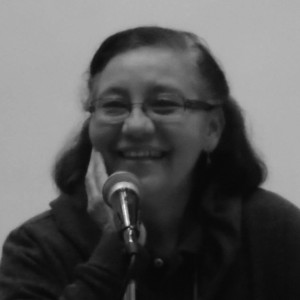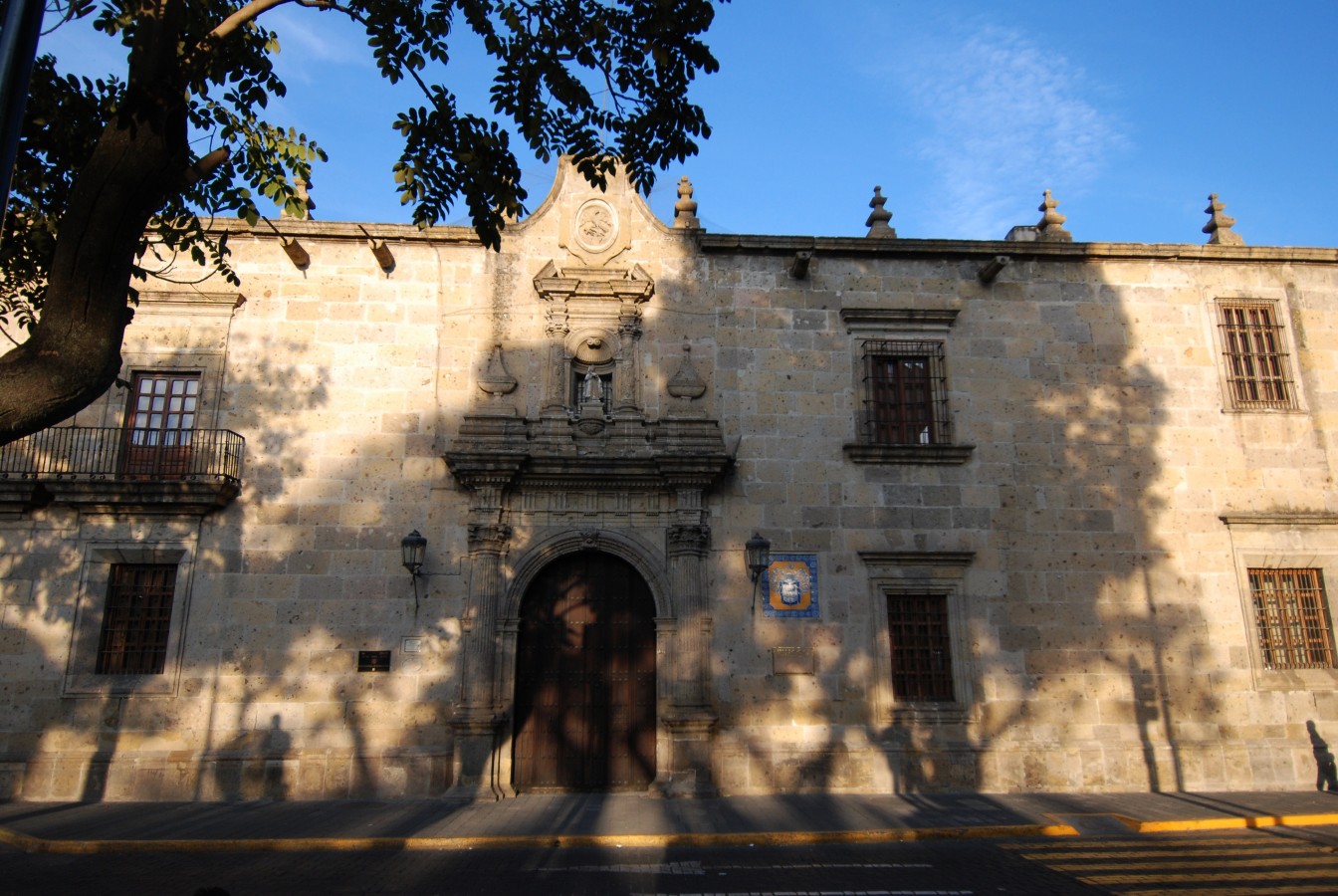A fundamental part of the task of museum research is the recovery and preservation of historical documents, documents which provide information for the analysis of the past. Documents are our primary source, and without them it would be impossible to write history.
To be able to reconstruct an institution’s past, it is therefore fundamental to refer closely to the primary sources. Such is the case with the collection of documents which reveal the origins and evolution of the Guadalajara Regional Museum, which opened on November 1, 1918, thanks to the tireless work of the Guadalajara-born artists Juan “Ixca” Farías and Jorge Enciso. As we approach the Museum's centenary, we set ourselves the task of completing the work of cataloguing and analyzing the document collection which makes up the building’s Historical Archive.
By way of background, I will point out that in the year 2014, I imagined that this work, which had taken me almost five years, was finished. However, during the upheavals arising from the refurbishment of the building, six more boxes of documents “appeared” in a corner of a storage room. They were stacked in damp conditions and mixed up with old administrative files.
We therefore set ourselves the task of recovering them, and among these documents we unexpectedly found—in good condition despite the time passed and the circumstances—the Museum’s first and only Visitors’ Book, used for the comments and signatures of people who visited the establishment from the day of its opening and up until 1923. It is unknown why it was removed from the main entrance in this year. The volume contains the signatures of all the well-known figures from Guadalajara society of the day, together with artists, intellectuals and politicians who supported “Ixca” Farías in his grand undertaking of creating the first museum dedicated to the fine arts in the city of Guadalajara.
The book underwent a process of preservation, with the support of the Restorations department, which included fumigation, deodorization and cleaning, as well as stabilizing the paper and ink. It is currently found in the “Museum of Yesterday” exhibit.







